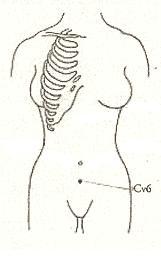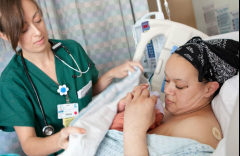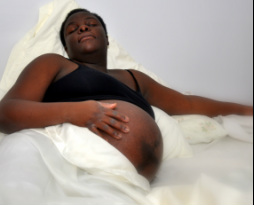
If your baby is delivered by c-section, you will receive instructions from your a care provider about how to care for the incision site, appropriate physical activity, and what to expect from your body. After initial recovery, you can also employ holistic methods to better how you feel and aid the healing process. These practices include scar tissue massage, acupressure, and ingestion of healing promoting nutrients & minerals and the whole foods in which they can be found. This aricle is a great introduction to these methods.
Read more about these techniques here and don't forget to discuss with your practitioner at an appointment or by phone to make sure they are safe for you.
Read more about these techniques here and don't forget to discuss with your practitioner at an appointment or by phone to make sure they are safe for you.



 RSS Feed
RSS Feed
